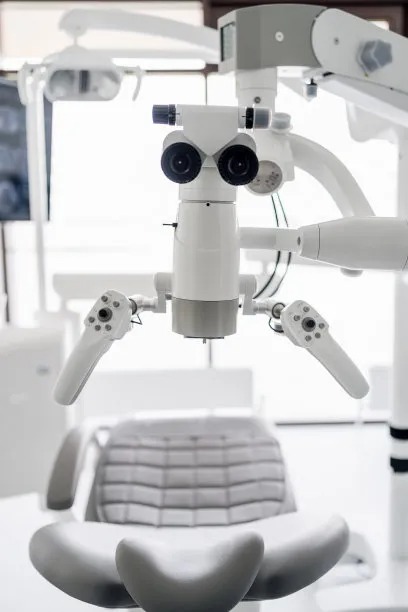The Essential Guide to Extract a Tooth Safely and Comfortably for Improved Dental Health
Summary: Extracting a tooth can be a daunting prospect for many people, but understanding how to do it safely and comfortably is crucial for overall dental health. This guide outlines essential steps and considerations involved in the tooth extraction process. Beginning with the reasons for tooth extraction, the guide discusses preparation, the procedure itself, and post-operative care. Each section provides detailed information to alleviate fears and ensure a smooth experience. By the end, readers will be equipped with the knowledge they need to navigate tooth extraction effectively, promoting better dental health and well-being.
1. Reasons for Tooth Extraction

Tooth extraction can be necessary for various reasons, with decay being one of the most common. When a tooth is severely decayed, it can become a source of infection and pain. By removing the compromised tooth, a dentist can help restore the overall health of the mouth and prevent the spread of infection to surrounding teeth.
Another reason for tooth extraction is overcrowding. In some instances, individuals may have teeth that are too large for their mouth, leading to alignment issues. Dentists may opt to extract teeth to create space, facilitating orthodontic treatments that can properly align the remaining teeth.
Additionally, periodontal disease can necessitate tooth removal. This condition affects the gums and surrounding structures, potentially causing teeth to loosen or become irreparable. By extracting affected teeth, one can minimize further complications and promote healthier gum function.
2. Preparing for Tooth Extraction
Preparation is key to ensuring a successful tooth extraction. Prior to the procedure, patients should have a comprehensive consultation with their dentist, discussing medical history and any medications they are taking. This information is essential to minimize the risk of complications during and after the extraction.
Furthermore, patients should follow specific pre-operative instructions provided by their dental professional. This may include dietary restrictions or guidelines about what to expect during the procedure. Being well-informed helps reduce anxiety and contributes to a smoother experience.
Finally, it may be wise for patients to arrange for a ride home after the extraction. Depending on the type of anesthesia used, the lingering effects can impede one’s ability to drive. Planning ahead ensures patients can focus on recovery without additional stress.
3. The Tooth Extraction Procedure
The tooth extraction procedure typically begins with the administration of anesthesia. This step is crucial for ensuring that patients remain comfortable and pain-free throughout the process. Local anesthesia is commonly used for simple extractions, while general anesthesia may be required for more complex situations.
Once the anesthesia takes effect, the dentist will begin the extraction process. For simple extractions, the tooth is gently loosened and removed using specific tools. In contrast, surgical extractions may involve making incisions in the gum tissue to better access the tooth’s root.
Throughout the procedure, a dentist will monitor the patient’s comfort level, adjusting the approach as necessary. It’s essential for patients to communicate any discomfort during the extraction, so adjustments can be made to ensure their safety and comfort.
4. Post-Extraction Care and Recovery
After a tooth extraction, proper post-operative care is crucial for a smooth recovery. Patients will receive guidelines on how to care for the extraction site, which often includes recommendations such as avoiding vigorous rinsing or spitting for the first 24 hours to promote clot formation.
It’s also vital to manage any pain or swelling with prescribed medications or over-the-counter pain relievers, as directed by the dentist. Using ice packs on the exterior of the cheeks can further help reduce swelling during the initial days of recovery.
Finally, patients should maintain follow-up appointments as necessary to monitor healing. In some cases, the dentist may recommend additional treatments, such as sutures removal or further evaluations of the healing process, ensuring that everything is on track for optimal recovery.
Summary: Tooth extraction, while potentially intimidating, is a process that can significantly benefit dental health when approached with knowledge and care. Understanding the reasons behind extractions, preparing adequately, knowing what to expect during the procedure, and following through with post-operative care are crucial steps in ensuring a safe and comfortable experience. By being well-informed, patients can navigate this procedure confidently, leading to improved oral health and peace of mind.
This article is compiled by Vickong Dental and the content is for reference only.



